On December 25, the Ministry of Industry and Trade held a meeting to collect opinions on the Draft Strategy for Hydrogen Production and the implementation of offshore gas and wind power projects. The meeting was chaired by Minister of Industry and Trade Nguyen Hong Dien with the participation of representatives of the National Assembly's Committee on Science, Technology and Environment and the National Assembly's Economic Committee.
| Need for comprehensive planning of electricity market Challenges to realize LNG electricity development |
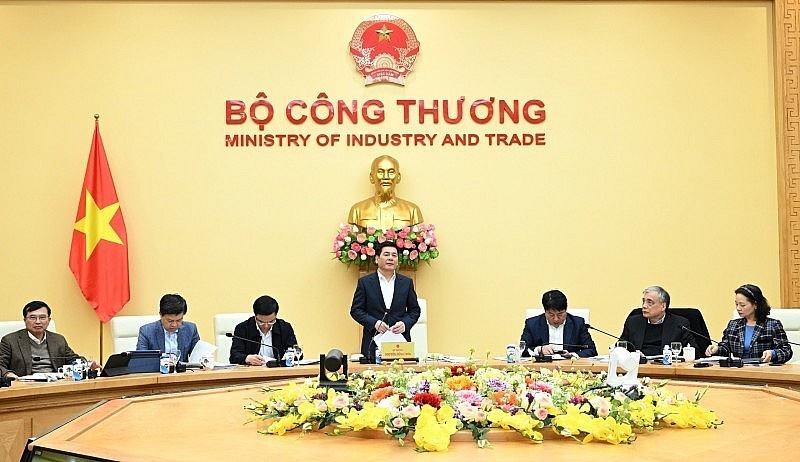 |
| Minister of Industry and Trade Nguyen Hong Dien chaired the meeting. |
The Draft Strategy on Hydrogen Energy Production to 2030, with a vision to 2050, identifies the goal of developing a hydrogen energy ecosystem including production, storage, transportation, distribution and use of hydrogen with synchronous, modern infrastructure, based on renewable energy, contributing to ensuring energy security, realizing national goals on climate change, green growth and the goal of net zero emissions by 2050 according to Vietnam's roadmap and commitment to sustainable, equitable and just energy transition.
Specifically, it will promote the development of hydrogen energy production and hydrogen-derived fuels in areas with potential and advantages in renewable energy, close to large consumers to form a synchronous hydrogen energy industrial ecosystem from production to storage, transportation, distribution and use of hydrogen.
Strive for hydrogen production output from processes using renewable energy to produce green hydrogen and other processes with carbon capture to reach 100 - 500 thousand tons by 2030 and oriented to about 10 - 20 million tons by 2050.
The draft proposes directions for the development of the hydrogen energy industrial ecosystem, including production, use, and infrastructure for storing, transporting and distributing hydrogen, notably:
Strive for the hydrogen production capacity from the use of renewable energy and other processes to reach about 100 - 500 thousand tons/year by 2030; towards 2050, promote the application and mastery of advanced technology for the production and use of green hydrogen energy in Vietnam. Strive for the hydrogen production capacity from the use of renewable energy and other processes with carbon capture to reach about 10 - 20 million tons/year by 2050.
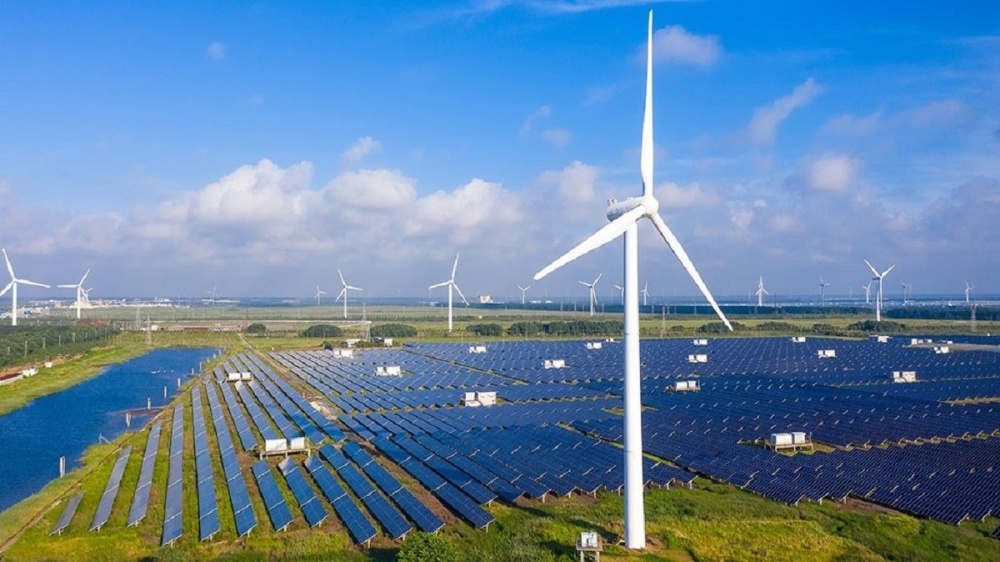 |
| Electricity, wind power, solar power... will be important energy sources in the future. |
Regarding the development of gas-fired and offshore wind power, according to the Power Plan VIII, from now until 2030, the total additional power capacity from gas-fired power projects (30,424 MW) and offshore wind power projects (6,000 MW) will account for about 50% of the total additional power capacity. At the same time, the development of gas-fired and offshore wind power will help Vietnam fulfill its commitment to carbon neutrality by 2050, because gas-fired power projects are flexible, stable baseload power sources that will support wind and solar power projects to ensure security of power supply.
According to the Power Plan VIII for the period 2021 - 2030, with a vision to 2050 approved by the Prime Minister in Decision No. 500/QD-TTg dated May 15, 2023, the total installed capacity of power sources by 2030 is 150.489 GW (nearly double the current total installed capacity, about 80 GW). Of which, the total capacity of gas power sources that must be newly invested in is 30,424 MW (10 domestic gas projects with a total capacity of 7,900 MW and 13 LNG projects with a total capacity of 22,824 MW); The total capacity of offshore wind power sources is about 6,000 MW and can increase in the case of rapid technology development, reasonable electricity prices and transmission costs).
Appreciating the proactiveness and positivity of the Ministry of Industry and Trade in implementing tasks and consulting with experts and management agencies, experts' opinions at the workshop also highlighted the difficulties and challenges that without the drastic participation of the entire political system and urgent and timely solutions, in particular, the major tasks and goals on energy development will be difficult to complete when the entire industry and trade sector has to "run and queue at the same time".
At the meeting, experts all agreed on the need to soon issue mechanisms and policies for implementation. However, due to problems related to many Laws (Land Law, Price Law, Bidding Law, Electricity Law, etc.), legal documents and related to many Ministries, Branches and localities, the Ministry of Industry and Trade needs to report to the Government to seek direction from higher authorities for timely solutions.
At the same time, experts also suggested promoting communication work so that society and management agencies understand the importance and necessity of implementing the above issues as well as the reality of what is being stuck.
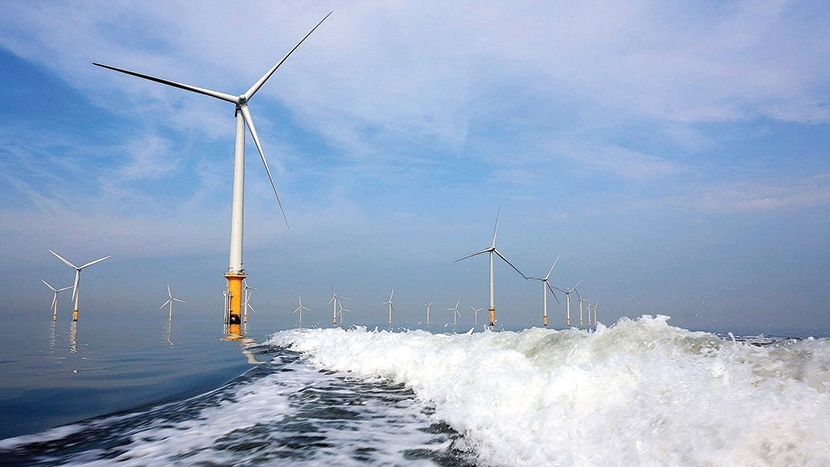 |
| Petrovietnam is preparing to deploy activities to monitor, investigate, survey and evaluate marine resources to develop offshore wind power projects. |
Commenting on the draft Strategy for Hydrogen Production to 2030, with a vision to 2050, Dr. Ta Dinh Thi, Deputy Chairman of the Committee for Science, Technology and Environment, said that the Strategy needs to be placed within the overall national energy strategy. In addition, the draft Strategy does not include the presence of the Ministry of Natural Resources and Environment - the agency that manages and advises on policy development on climate change...
Associate Professor, Dr. Tran Dinh Thien, former Director of the Vietnam Economic Institute, said that it is necessary to approve the Hydrogen Production Strategy, promote communication activities to increase understanding for society, especially for leaders with decision-making authority, to speed up progress. International commitments must be implemented quickly, in urgent times, policy approaches and work attitudes must also be approached differently.
Concluding the meeting, Minister Nguyen Hong Dien affirmed that he would accept the opinions and continue to research, synthesize reports to the Government, and submit them to higher authorities to have policies and mechanisms to promptly resolve current difficulties and problems while the relevant laws and legal documents have not been amended.
Source link




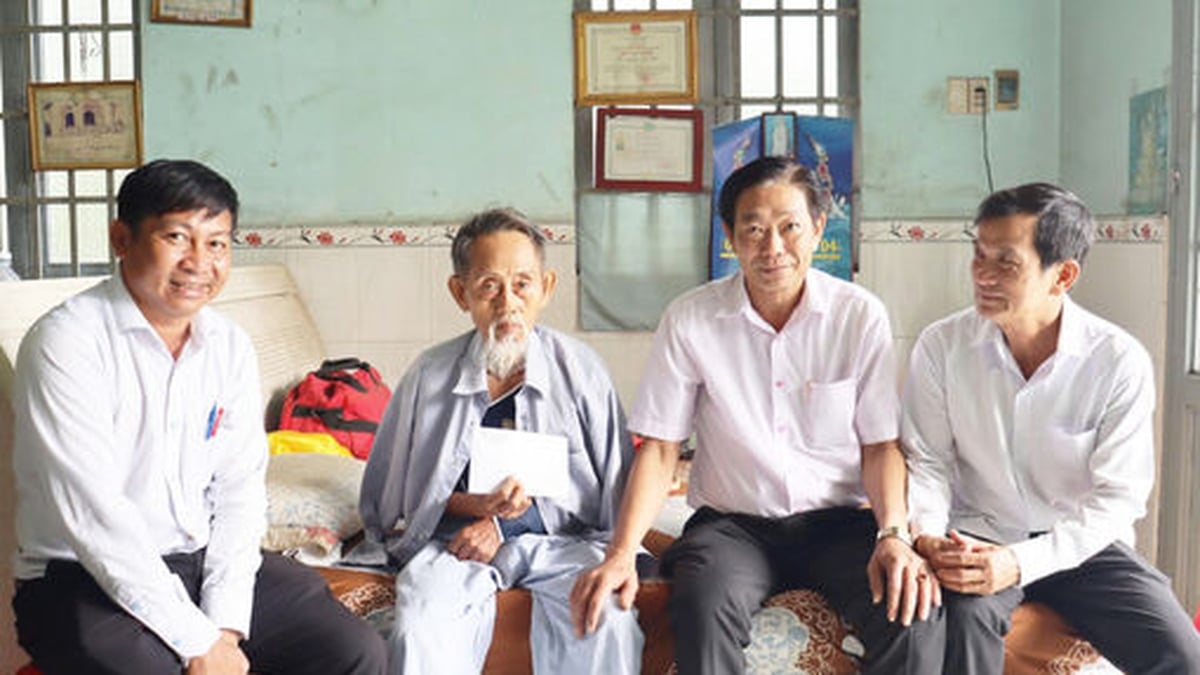


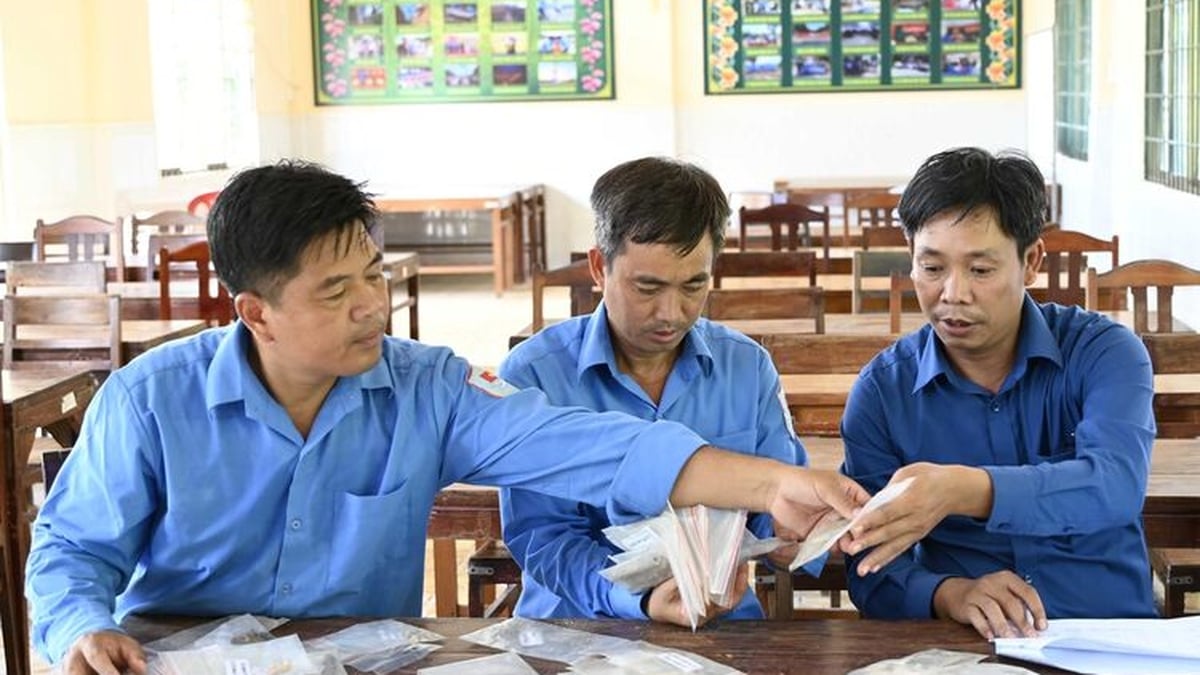

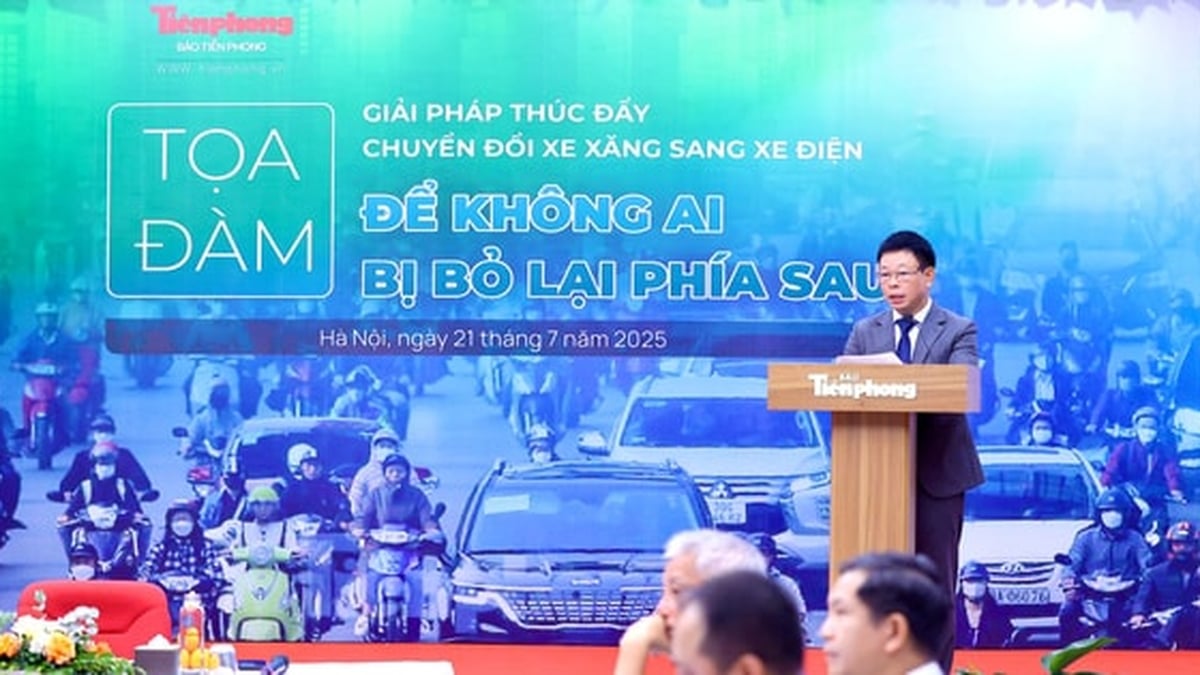
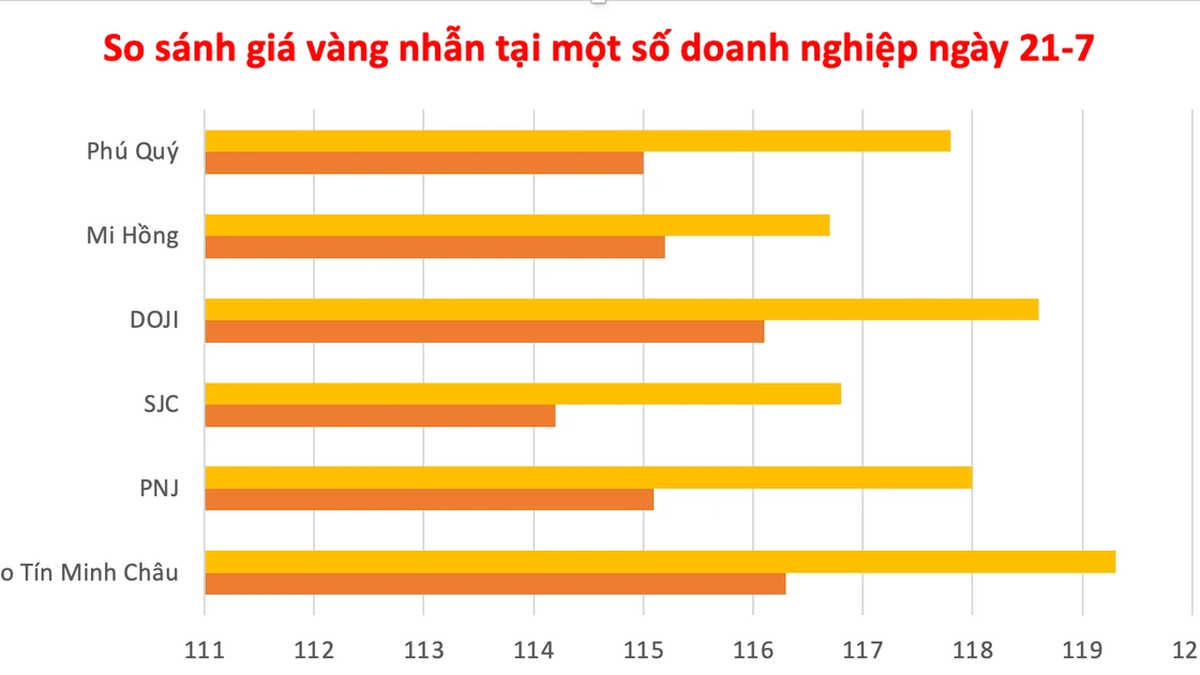
















![[Photo] National Assembly Chairman Tran Thanh Man visits Vietnamese Heroic Mother Ta Thi Tran](https://vphoto.vietnam.vn/thumb/1200x675/vietnam/resource/IMAGE/2025/7/20/765c0bd057dd44ad83ab89fe0255b783)
































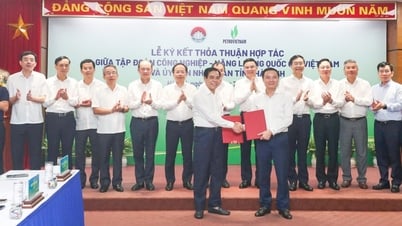





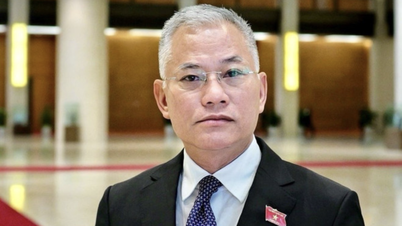

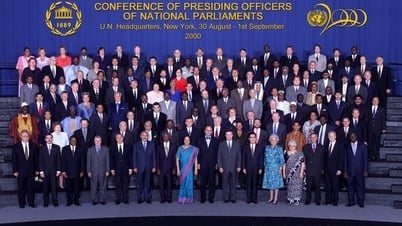
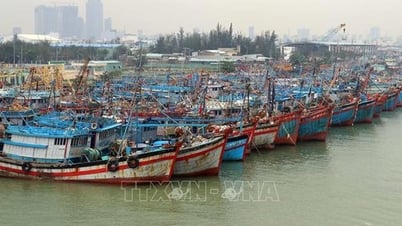




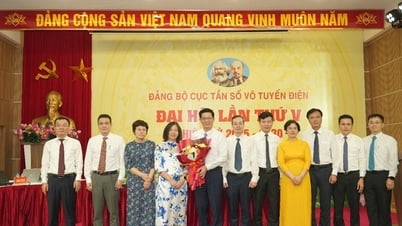

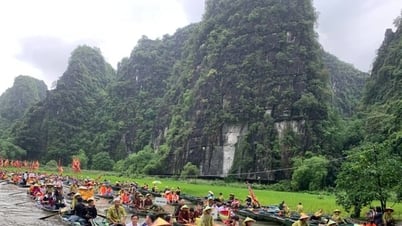





















Comment (0)